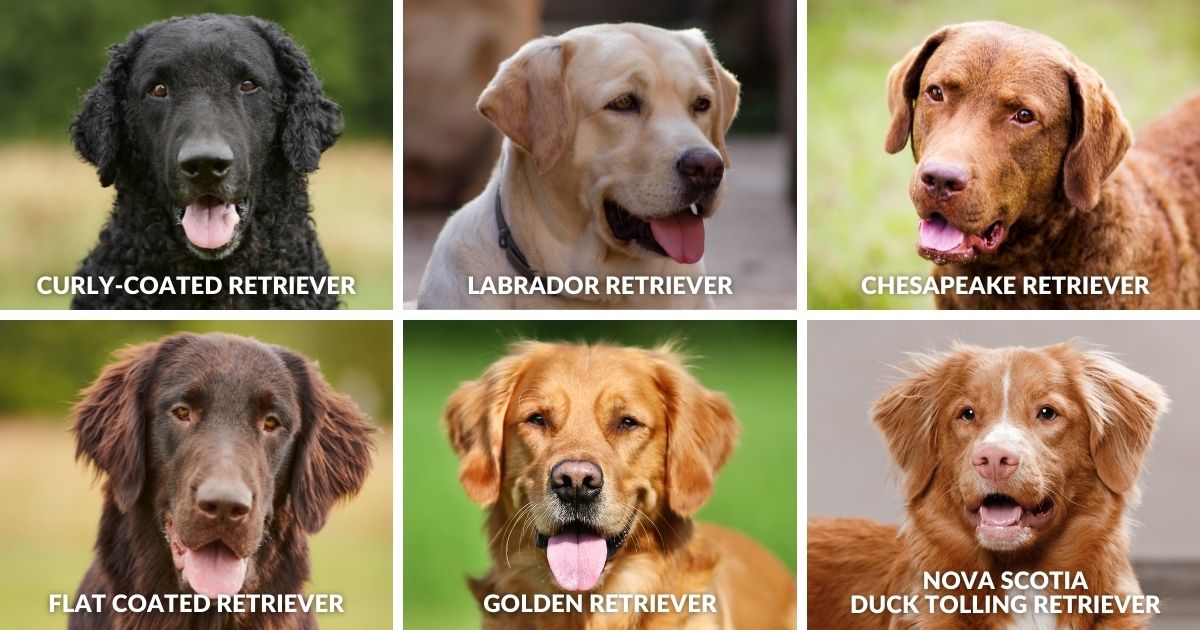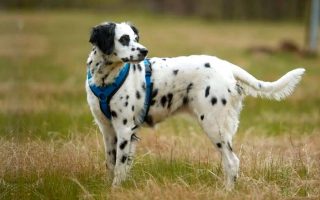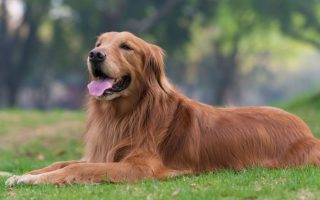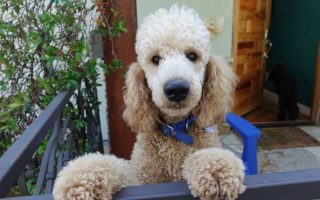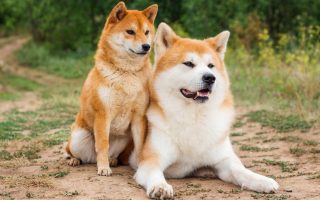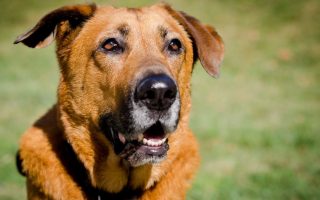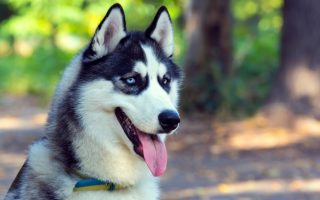You’re looking for an ideal pet for your home, but have you considered retrievers yet? You might be missing out on a lot.
Retriever breeds are known to have wonderful temperaments and are even easy to train, making them wonderful family dogs.
They are also fun to have because they are champs in games like fetch.
Many dog breeds play the retrievers’ role, but there are only 6 recognized different types of retrievers, two of which you’ve probably heard of a lot.
You don’t have to limit your options to those two, however. Having good information on all six retriever breeds will help broaden your choices.
What are Retriever Dog Breeds?
To understand what it means for a dog to be a retriever, you must first understand what a gun dog is. That is the broad category under which retrievers fall.
Gun dogs were developed to accompany hunters and help them find or bring back a game.
The common prey gun dogs target are birds. Gun dogs don’t do the actual hunting, they only offer assistance.
There are 3 primary types of gun dogs: The pointers, the retrievers, and the flushing dogs.
Retrievers had the job description of bringing back the game without damaging it. Some worked with fishermen in waters, others stayed on the land.
Many dog breeds are considered retrievers, but the 6 dog breeds we will look into fall under the retriever types.
Which Of The 6 Different Types Of Retrievers Is Best For Me?
01. Labrador Retriever
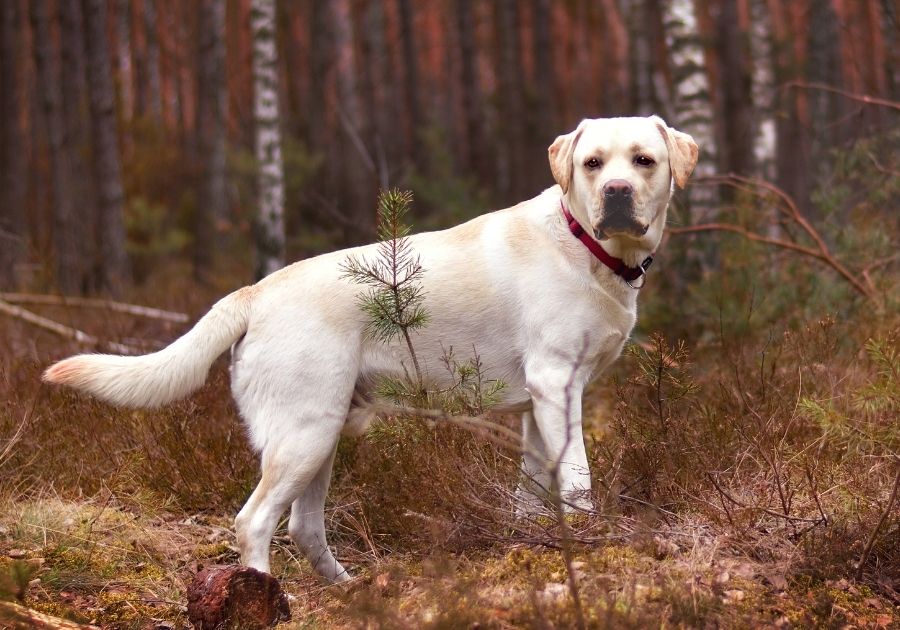
Breed Overview
| Height | 21 to 24 inches |
| Weight | 55 to 80 pounds |
| Coat | Double, short, thick, straight, soft |
| Colors | Chocolate, black, yellow |
| Life Expectancy | 10 to 12 years |
| Temperament | Intelligent, outgoing, kind |
| Origin | Canada |
| Friendliness | High |
| Kid-Friendly | High |
| Pet-Friendly | High |
| General Health | Average |
| Grooming Needs | Low |
| Hypoallergenic | No |
| Trainability | High |
| Energy Level | High |
| Exercise Needs | High |
History
The Labrador Retriever dog breed originated in Newfoundland, a Canadian Island. It was developed to serve as an assistant to fishermen, and it did that well.
Labradors retrieved fish and gear for their owners during the day’s work, then returned home to spend the evening as companions to the fishermen’s family.
This breed first went by the name St John’s Dog till the 1800s when it got into England.
The Earl of Malmesbury first started referring to them as Labradors and the name stuck. The Kennel Club in England first recognized the breed in 1903.
In 1917, the American Kennel Club followed suit.
Personality
The Labrador Retriever is the most popular dog breed in the United States, according to the American Kennel Club, holding the position since 1992.
It is also popular in the United Kingdom and many other places.
The major reason for this is its loving nature. The lab is friendly with everyone.
It is also intelligent and eager to please. It does need a lot of exercise and is a poor option for an apartment.
Recommended:
Labrador Growth Stages: When Do Labs Stop Growing?
02. Golden Retriever
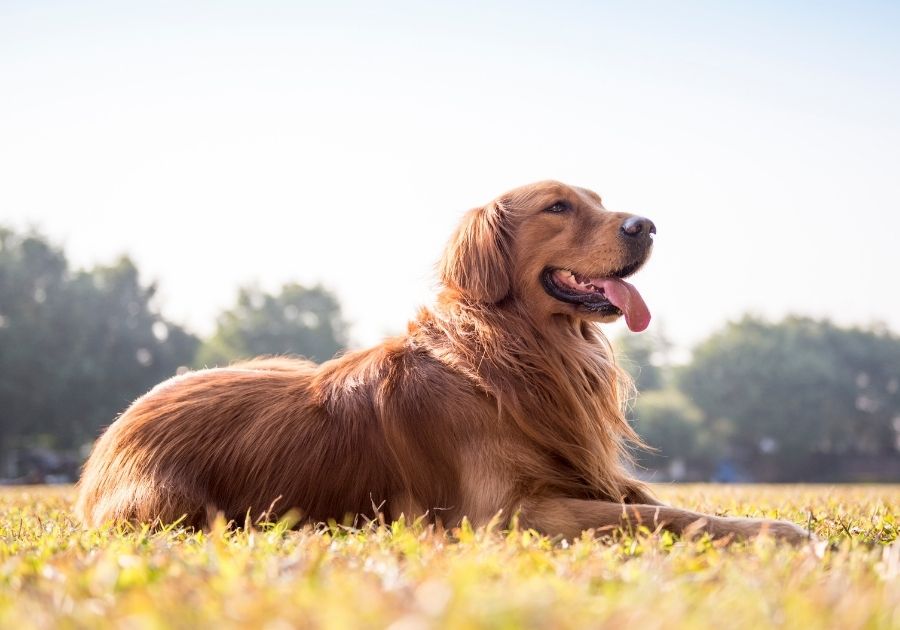
Breed Overview
| Height | 21 to 24 inches |
| Weight | 55 to 75 pounds |
| Coat | Double, wavy, straight |
| Colors | Golden, Dark Golden, Light Golden |
| Life Expectancy | 10 to 12 years |
| Temperament | Intelligent, affectionate, even-tempered |
| Origin | United Kingdom |
| Friendliness | High |
| Kid-Friendly | High |
| Pet-Friendly | High |
| General Health | Low |
| Grooming Needs | High |
| Hypoallergenic | No |
| Trainability | High |
| Energy Level | High |
| Exercise Needs | High |
History
The Golden Retriever originated in Scotland thanks to the work of Sir Dudley Majoribanks, who later went by the name Lord Tweedmouth.
Tweedmouth had a strong interest in breeding and was also a waterfowl hunter.
Thus, it is believed that his aim for breeding the Golden Retriever was to get an excellent retriever with a good personality.
The breeds used to develop the Golden Retriever include now extinct Tweed Water Spaniel, Flat-Coated Retrievers, and a Red Setter.
Hunters soon began seeking Lord Tweedmouth’s dogs, and by 1911 The Kennel Club officially recognized the breed.
The American Kennel Club recognized it in 1932.
Personality
Like the Lab, the Golden Retriever is a highly popular breed. As of 2013, it was the 3rd most popular dog breed after the German Shepherd and the Labrador Retriever.
The French Bulldog made it drop in 2020, but it remains highly sought after.
Personality plays a huge role in this.
The Golden Retriever is just as good a companion as the Labrador, and some might even prefer owning a Golden as it is predisposed to be calm and gentle.
It is energetic, though, and should be exercised well.
Recommended:
Are Golden Retrievers Good Family Dogs? It’s Clear
03. Curly-Coated Retriever
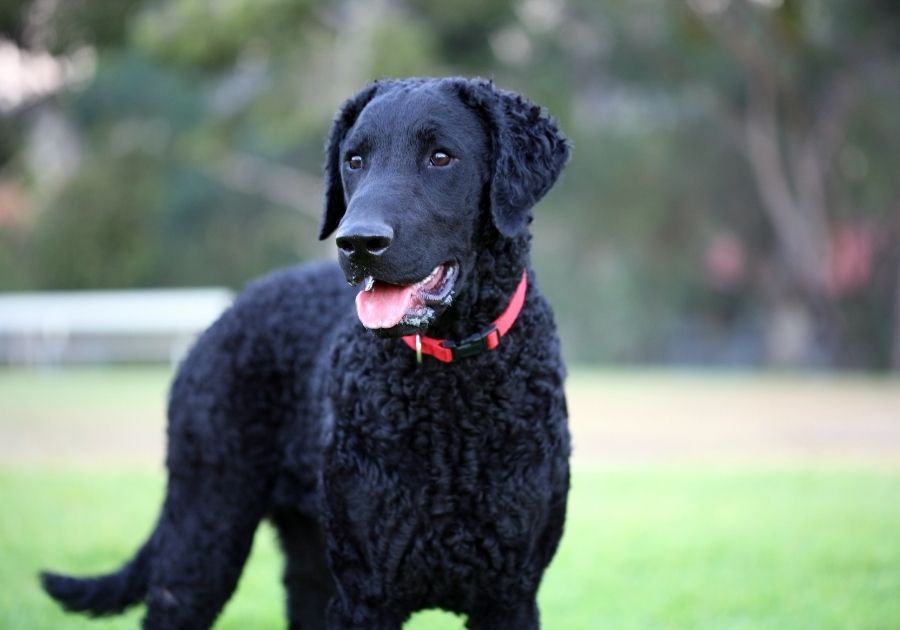
Breed Overview
| Height | 23 to 27 inches |
| Weight | 65 to 100 pounds |
| Coat | Tight, curly |
| Colors | Black, liver |
| Life Expectancy | 9 to 12 years |
| Temperament | Intelligent, clear, lively |
| Origin | England |
| Friendliness | High |
| Kid-Friendly | High |
| Pet-Friendly | High |
| General Health | Low |
| Grooming Needs | Average |
| Hypoallergenic | No |
| Trainability | High |
| Energy Level | High |
| Exercise Needs | High |
History
While the Curly Coated Retriever looks a lot like a cross between the Poodle and a Retriever, it is a breed of its own and one of the oldest dog breeds there is.
Because it is old, not much is known of its ancestry. It first appeared in England’s show ring in 1860, and soon became popular amongst Gamekeepers.
When the Labrador Retriever became popular, it affected the Curly-Coated Retriever’s existence.
Things got so bad during both World Wars that this breed almost got extinct.
Fortunately, it resurged in the United States and was recognized by the American Kennel Club in 1924.
Personality
The Curly-Coated Retriever may not be as popular as the Labrador and the Golden Retriever, but it has its strengths.
For starters, the Curly Coated Retriever is less agreeable towards strangers.
While this can be challenging, it also means it can be a good watchdog. The loyalty and devotion it shows further prove its watchdog qualities.
Furthermore, the Curly-Coated Retriever is less extroverted than other aforementioned Retrievers, though it still needs a lot of exercise.
It also needs a confident owner as it has an independent mind.
04. Flat-Coated Retriever
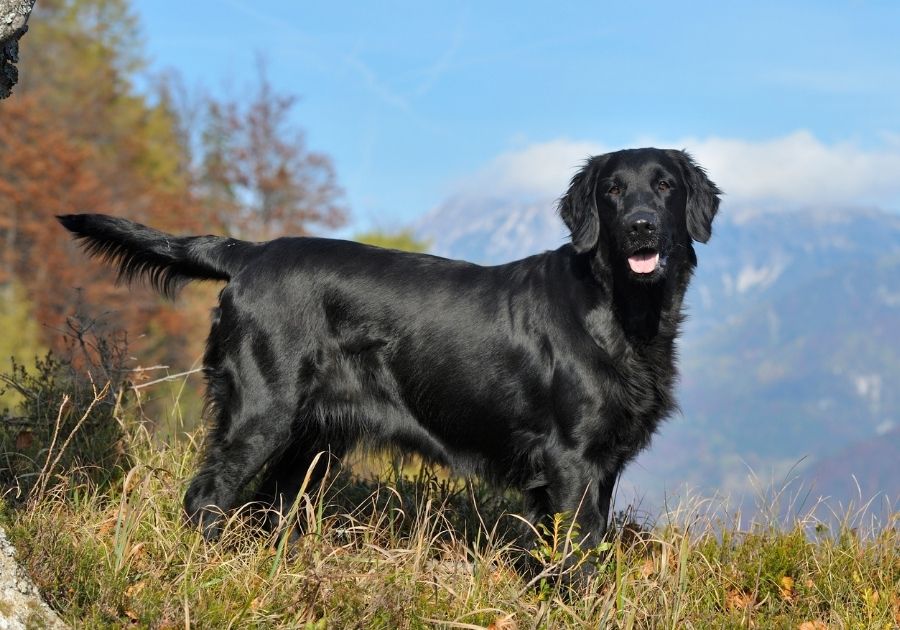
Breed Overview
| Height | 22 to 25 inches |
| Weight | 55 to 70 pounds |
| Coat | Straight, moderately long |
| Colors | Black, liver, red-brown |
| Life Expectancy | 10 to 12 years |
| Temperament | Smart, friendly, confident |
| Origin | United Kingdom |
| Friendliness | High |
| Kid-Friendly | High |
| Pet-Friendly | High |
| General Health | High |
| Grooming Needs | Low |
| Hypoallergenic | No |
| Trainability | High |
| Energy Level | High |
| Exercise Needs | High |
History
The Flat-Coated Retriever looks a lot like a Golden Retriever turned black, but it is a separate—albeit less popular—breed of its own.
The men credited for the existence of this breed are S.E. Shirley and H.R. Cooke.
This retriever type was developed to retrieve on both land and water, making it a good hunting dog.
The Flat-Coated Retriever was popular before the first World War, but after then its popularity dwindled as Golden Retrievers and Labradors came into the scene.
It was saved from extinction but remains rare. Breeders see that as a blessing in disguise, though.
The American Kennel Club recognized this retriever breed in 1915.
Personality
The Flat-Coated Retriever has the nickname ‘Peter Pan’ as it takes longer to mature, compared to other types of Retriever dog breeds.
It retains its puppylike nature for a long time. Fans love it as it means that the Flat-Coated Retriever remains friendly and playful.
Its slow maturity can become an issue during training as it may take time for it to understand commands. It might also be tempted to disobey just for fun.
You’d need to be patient while training, as any harsh treatment, can make this breed shut down.
05. Chesapeake Retriever
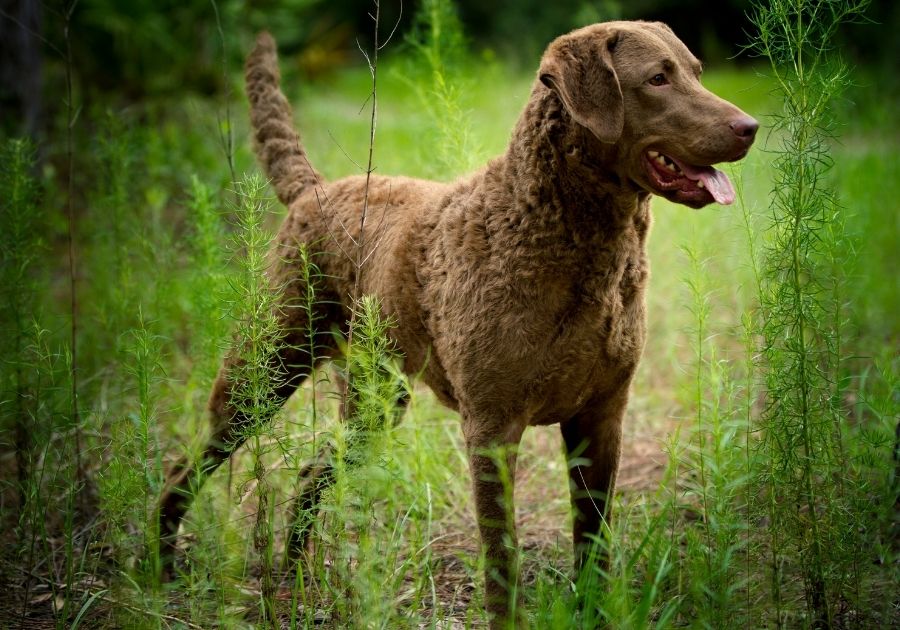
Breed Overview
| Height | 21 to 26 inches |
| Weight | 55 to 80 pounds |
| Coat | Double, short, fine |
| Colors | Brown, dead grass, ash |
| Life Expectancy | 10 to 12 years |
| Temperament | Intelligent, affectionate, happy |
| Origin | United States |
| Friendliness | Average |
| Kid-Friendly | Average |
| Pet-Friendly | Low |
| General Health | High |
| Grooming Needs | Low |
| Hypoallergenic | No |
| Trainability | High |
| Energy Level | High |
| Exercise Needs | High |
History
The Chesapeake Retriever breed was developed in a less favorable condition of Chesapeake Bay, Maryland, USA.
It is one of the few dog breeds that are real natives of the United States. Its ancestor is two Newfoundland dogs named Sailor and Canton.
Chessie became quite good at hunting waterfowl, regardless of the icy environment.
The Chesapeake Retriever was recognized by the American Kennel Club in 1888.
Personality
The Chesapeake Retriever is more stubborn than other Retriever breeds we’ve seen so far, so it needs firm training.
While new pet parents can handle other Retriever dog breeds, Chessie is a poor choice for them.
It doesn’t mean this breed is nothing but a pain, though. Chessie has a lot of beautiful traits, including a happy outlook towards life and high intelligence.
It is also alert and observant, so you can depend on it to be a good watchdog.
06. Nova Scotia Duck Tolling Retriever
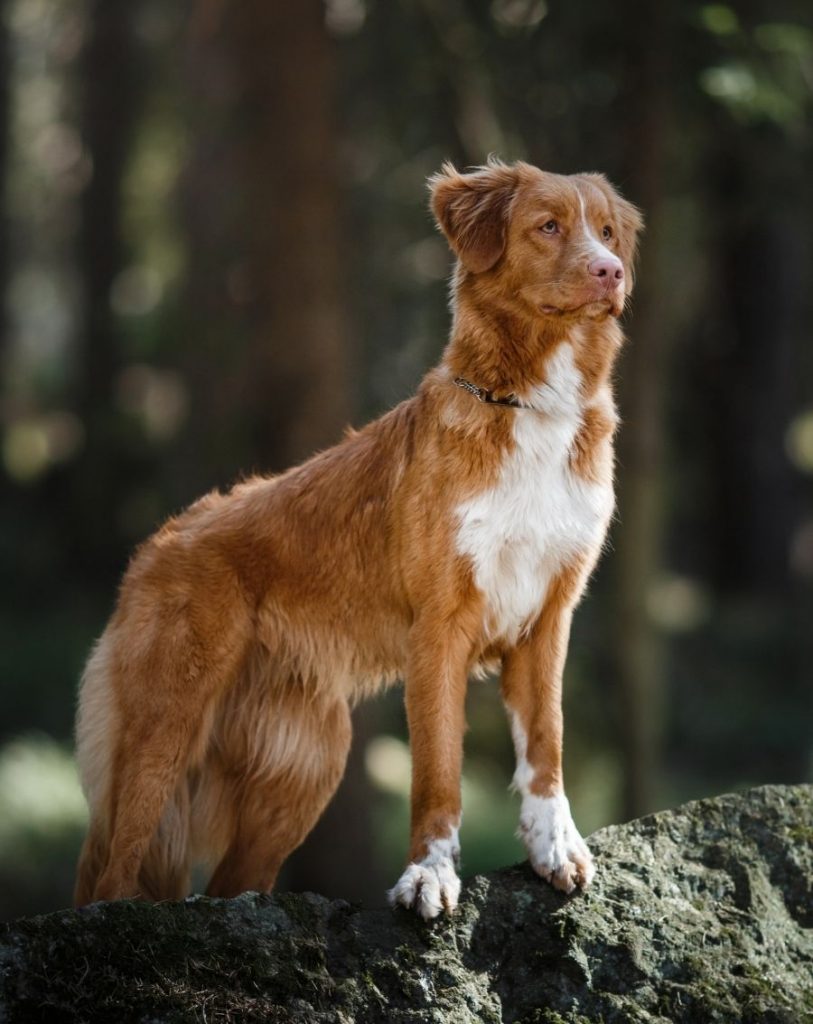
Breed Overview
| Height | 17 to 21 inches |
| Weight | 35 to 50 pounds |
| Coat | Medium, soft, dense |
| Colors | Red, orange, white |
| Life Expectancy | 10 to 14 years |
| Temperament | Intelligent, outgoing, patient |
| Origin | Canada |
| Friendliness | High |
| Kid-Friendly | High |
| Pet-Friendly | High |
| General Health | High |
| Grooming Needs | Low |
| Hypoallergenic | No |
| Trainability | High |
| Energy Level | High |
| Exercise Needs | High |
History
The Nova Scotia Duck Tolling Retriever (what a long name for a small dog), was developed for the role of duck tolling.
Simply put, tolling is a synonym of enticing, and this is what the Tolling Retriever does.
It attracts the ducks with its gimmicks and keeps them interested while luring them closer to where the hunter can take a shot.
Tolling is almost like what sirens do in Greek mythology.
Foxes were the first animals that perfected the art of Tolling (not surprisingly).
An Indian tribe in Canada observed this behavior and began training their dogs to do the same. These dogs were the ancestors of the Nova Scotia Duck Tolling Retriever.
The American Kennel Club fully recognized this breed in 2003.
Personality
Tollers may not be terriers, but they do act as a mixture of terriers and Golden Retrievers.
Unlike other types of Retriever dogs, Tollers are highly adaptable and can live in an apartment as well as a house. You should provide your Toller with enough exercise to stop it from getting bored.
When they aren’t working or running around, Tollers are content with staying calm all day.
They tend to have reservations against strangers, but that’s if you show wariness too.
Generally, the more accepting you are of strangers, the more they will be as well.
Other Dog Breeds That Retrieve
In addition to the main retrievers, there were other dog breeds developed to carry out the role of retrieving.
We add them here as honorary mentions, and you can check them out as well.
They include:
- Poodle (Standard)
- Portuguese Water Dog
- Spanish Water Dog
- Newfoundland
- Tibetan Terrier
- Weimaraner
- Wire-haired Pointing Griffon
- Gordon Setter
- Irish Setter
- Barbet
What are the 6 types of Retrievers?
Many dog breeds play the retrieving role, including other gun dogs like Spaniels and pointers. But, only 6 are recognized as Retriever types.
They include Labrador Retriever, Golden Retriever, Curly-Coated Retriever, Flat-Coated Retriever, Chesapeake Retriever, and Nova Scotia Duck Tolling Retriever.
What is the most popular Retriever?
The most popular Retriever breed is the Labrador Retriever, and it has held that position for the last 30 years. The Labrador Retriever remains America’s number one dog breed.
What is the smallest Retriever?
Nova Scotia Duck Tolling Retriever is the smallest recognized Retriever. However, it is not classified under the AKC’s Toy Group. It is recognized as a Sporting Dog.
Are Retrievers good family dogs?
Generally, Retrievers are known to be good family dogs. The Labrador and Golden Retrievers are friendly with everyone they come across, and it is no wonder that they are favorites.
Others are not too accepting of strangers but remain loyal to their loved ones.
Are Retrievers good for first-time dog owners?
Except for the Chesapeake Retriever, other types of Retriever dog breeds are relatively good for first-time dog owners.
We say relative because some first-timers will be more successful at handling a Retriever than other breeds.
Which is Your Favorite Retriever?
Retriever dog breeds are excellent household pets, and everyone can have an opportunity to own one, as long as you can meet up with the conditions.
These dogs need exercise, good training, a nice environment (only the Tolling Retriever is highly adaptable to apartment living), and good care.
Except for the Lab and the Golden, Retrievers are rare and may be hard to find. You might end up on a waiting list for months till you get one.
Of course, you can always opt for the popular ones. If, however, you want something new, then the wait is worth it.
You May Also Enjoy:
Labrador Retriever Vs Golden Retriever Differences & Facts

